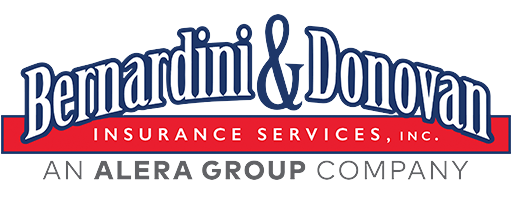Health care for immigrants continues to be a unique challenge as we work to bring comprehensive health care options to immigrants throughout the country.
Getting comprehensive health care options to immigrants throughout the country is a topic that is currently being addressed. Here are two key points regarding immigrant healthcare that we’ll be addressing in this article:
-
The impacts of Covid on the health care industry for immigrants
-
What the agenda is for immigration health care
According to the United Nations, in 2019, the United States had the largest number of immigrants of any country alongside Germany and Saudi Arabia.
One article addressed the issues of giving more health care options to immigrants in Connecticut. Undocumented immigrants don’t have access to state insurance. For one worker, not having proper health care means that he could potentially become sicker by having to wait in order to receive the treatment he needs (emergency dialysis).
Source: Connecticut immigrants deserve health insurance
The impacts of Covid on the health care industry for immigrants
Access to healthcare is especially vital now, as undocumented immigrants have been disproportionately impacted by the COVID-19 pandemic.
Approximately 75 percent of U.S. undocumented immigrants are Latino, a group which dies or falls ill from COVID-19 at much higher rates than the general population. This is due to medical barriers, such as shortages of testing in communities of color, as well as increased exposure to COVID-19 at work.
Regarding the immigrant communities in California, a study was released by the UCLA Center for Health Policy Research. The study, based on data from the center’s 2019 California Health Interview Survey, shows that 1 in 4 low-income immigrant adults in the state have avoided accessing public assistance like health, food or housing programs at some point for fear of jeopardizing their own or a family member’s immigration status.
More than half of the individuals who participated in the study indicated they had shunned these programs in the time between the the proposed rule changes in 2018 and their implementation in 2020.
Immigrants’ avoidance of these public programs was linked to worse access to health care and higher food insecurity, the researchers say.
The researchers found that among California immigrants who had reported avoiding programs over the past year, 37 percent were uninsured and 54 percent were food insecure, compared with 16 percent and 36 percent of immigrants who didn’t avoid the programs.
The study data adds to the evidence of how the public charge rule, in particular, had a negative impact on immigrant communities and forced individuals to make tough choices about their health and well-being — choices made even more difficult by widespread uncertainty about which public assistance programs were included, who the rule applied to and how it might affect citizenship applications.
Read more about how immigration policies can harm health here.
The 2021 plan to address immigration health care
Some states wisely chose to protect the immigrant community by using Emergency Medicaid funds to cover expenses associated with COVID-19 testing and treatment for residents who were excluded from Medicaid based on their immigration status. But more needs to be done.
Here are some other bills that are being passed throughout the country that will support better health care for immigrants:
-
IL: Immigrants over 65 can now receive health care benefits regardless of their immigration status. (Source)
-
MA: Immigrants who can’t show proof of lawful presence in the U.S. could apply for a license under the law to get to their workplaces and access businesses. (Source)
-
OR: Oregon lawmakers are pursuing legislation that would help legal immigrants get health care without worrying about feeling discouraged from going to hospitals or clinics. (Source)
On another note, immigrant families that were previously separated will soon be reuniting inside the U.S. This means that parents who were deported without their children will be given the option to reenter the U.S. and be reunified with their families. This also applies to families who want to be reunified in their countries of origin.
Read more about how migrant families will soon reunite inside U.S. here.





 Purchasing group health insurance as a small business owner can be a rather intimidating task. This is especially true when you try to do it all on your own without any help. However, the process can be made a lot easier and less daunting if you let a
Purchasing group health insurance as a small business owner can be a rather intimidating task. This is especially true when you try to do it all on your own without any help. However, the process can be made a lot easier and less daunting if you let a


 Tis the season for giving thanks, festive gatherings, and open enrollment! This is the time in which you have the option to either make changes to your health insurance plan or to switch it out with a new one. So, as we approach 2020, be sure to evaluate your healthcare needs, your coverage plan, and your available options.
Tis the season for giving thanks, festive gatherings, and open enrollment! This is the time in which you have the option to either make changes to your health insurance plan or to switch it out with a new one. So, as we approach 2020, be sure to evaluate your healthcare needs, your coverage plan, and your available options.






